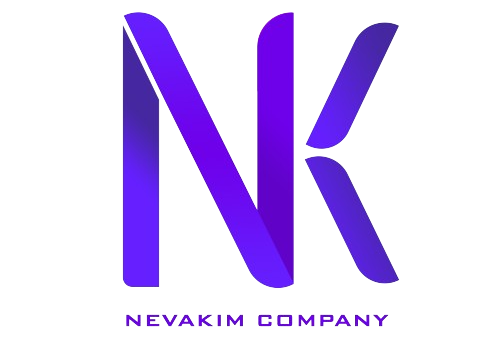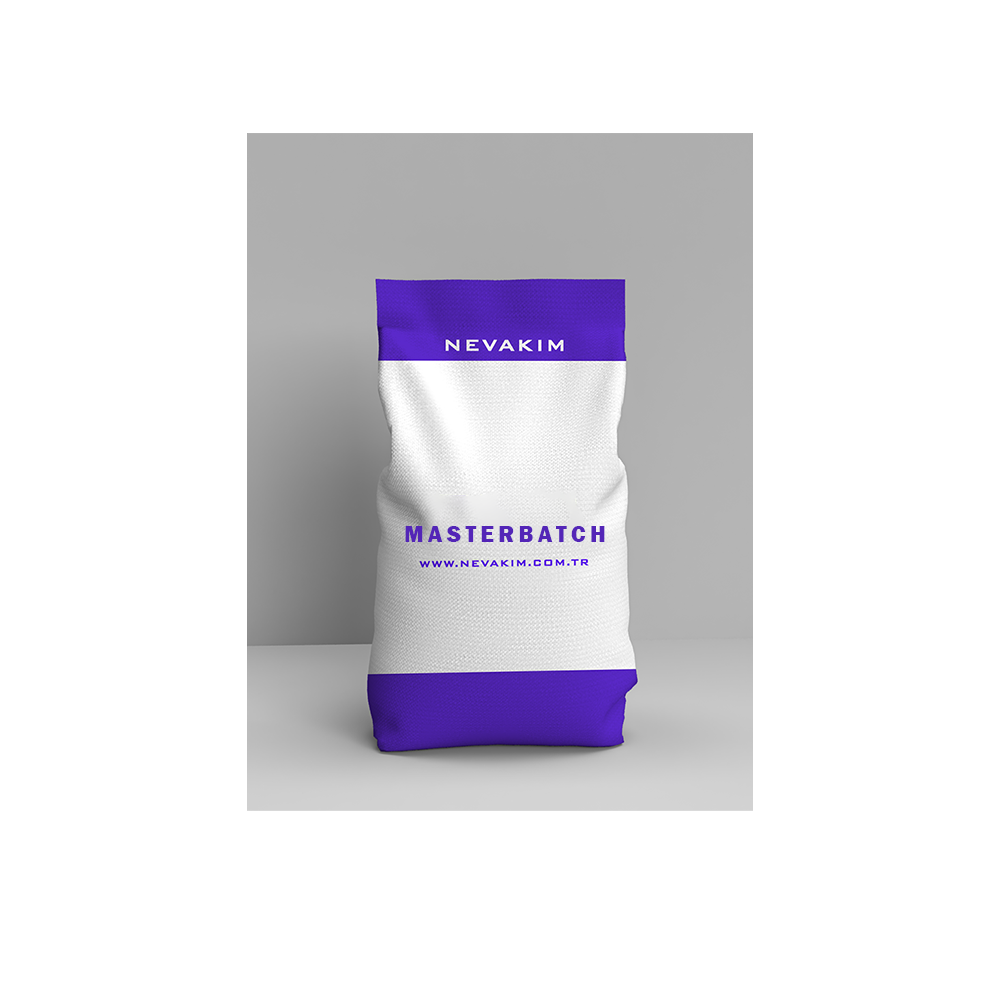Pigments or Additives: These are the active ingredients that provide color or introduce specific properties to the plastic. Examples include color pigments, UV stabilizers, antioxidants, flame retardants, antistatic agents, slip agents, and nucleating agents.
Carrier Resin: The carrier resin acts as a vehicle that encapsulates the pigments or additives. It is usually a compatible polymer with the base resin used in the final plastic product. Common carrier resins include polyethylene (PE), polypropylene (PP), polystyrene (PS), polyethylene terephthalate (PET), and others.
Processing Aids: Some masterbatches may contain processing aids or lubricants to improve the dispersion of pigments and additives and facilitate the manufacturing process.
Types of Masterbatch:
Color Masterbatch: These contain pigments or dyes to impart color to plastic products. They are widely used in industries such as packaging, automotive, consumer goods, and construction.
Additive Masterbatch: These contain various additives to enhance the properties of plastics, such as UV resistance, thermal stability, flame retardancy, antistatic properties, antimicrobial properties, and more. Additive masterbatches are tailored to meet specific performance requirements.
Uses and Applications:
Packaging Industry: Masterbatch is extensively used in the packaging industry for the production of plastic films, bottles, containers, bags, and other packaging materials. Color masterbatch is used to create aesthetically appealing packaging, while additive masterbatch may be used to enhance barrier properties, UV resistance, or other functional aspects.
Automotive Industry: Masterbatch is used in automotive applications for interior and exterior parts, such as dashboards, door panels, bumpers, and trim components. It provides color consistency, UV protection, and other performance enhancements.
Consumer Goods: Masterbatch is used in the production of various consumer goods, including appliances, electronics, toys, furniture, and household products. It enables manufacturers to achieve desired colors and properties while maintaining cost-effectiveness.
Construction Industry: Masterbatch finds applications in the construction sector for manufacturing pipes, profiles, sheets, and other building materials. It can provide color coding, weather resistance, flame retardancy, and other functionalities required for construction applications.
Textile Industry: Masterbatch is used in the textile industry for coloring synthetic fibers and filaments, such as polyester and nylon. It allows for precise color matching and uniform dyeing of fibers.
Medical and Healthcare: Masterbatch is used in medical and healthcare applications for manufacturing medical devices, equipment, and packaging materials. Additive masterbatch may incorporate antimicrobial agents, sterilization indicators, or other functionalities required for medical applications.



نقد و بررسیها
هنوز بررسیای ثبت نشده است.